Benzenepropanenitrile

Benzenepropanenitrile structure
|
Common Name | Benzenepropanenitrile | ||
|---|---|---|---|---|
| CAS Number | 645-59-0 | Molecular Weight | 131.17400 | |
| Density | 1.001 g/mL at 25 °C(lit.) | Boiling Point | 113 °C9 mm Hg(lit.) | |
| Molecular Formula | C9H9N | Melting Point | −2-−1 °C(lit.) | |
| MSDS | Chinese USA | Flash Point | >230 °F | |
| Symbol |

GHS06 |
Signal Word | Danger | |
| Name | 3-phenylpropionitrile |
|---|---|
| Synonym | More Synonyms |
| Density | 1.001 g/mL at 25 °C(lit.) |
|---|---|
| Boiling Point | 113 °C9 mm Hg(lit.) |
| Melting Point | −2-−1 °C(lit.) |
| Molecular Formula | C9H9N |
| Molecular Weight | 131.17400 |
| Flash Point | >230 °F |
| Exact Mass | 131.07300 |
| PSA | 23.79000 |
| LogP | 2.14278 |
| Index of Refraction | n20/D 1.521(lit.) |
CHEMICAL IDENTIFICATION
HEALTH HAZARD DATAACUTE TOXICITY DATA
|
| Symbol |

GHS06 |
|---|---|
| Signal Word | Danger |
| Hazard Statements | H301 + H311 + H331 |
| Precautionary Statements | P261-P280-P301 + P310-P311 |
| Personal Protective Equipment | Eyeshields;Faceshields;full-face respirator (US);Gloves;multi-purpose combination respirator cartridge (US);type ABEK (EN14387) respirator filter |
| Hazard Codes | T:Toxic; |
| Risk Phrases | R25 |
| Safety Phrases | S36/37/39-S45 |
| RIDADR | UN 3276 6.1/PG 3 |
| WGK Germany | 3 |
| RTECS | MW5604750 |
| Packaging Group | II |
| Hazard Class | 6.1 |
| HS Code | 2926909090 |
| Precursor 10 | |
|---|---|
| DownStream 10 | |
| HS Code | 2926909090 |
|---|---|
| Summary | HS:2926909090 other nitrile-function compounds VAT:17.0% Tax rebate rate:9.0% Supervision conditions:none MFN tariff:6.5% General tariff:30.0% |
|
In vitro metabolic conversion of the organic breakdown products of glucosinolate to goitrogenic thiocyanate anion.
J. Sci. Food Agric. 95 , 2244-51, (2015) Glucosinolates are abundant in Brassicaceae vegetables, and they are degraded into various organic breakdown products (BPs) (R-CN, -NCS and -SCN) by myrosinase when plant tissues are damaged. This stu... |
|
|
Time-related survival effects of two gluconasturtiin hydrolysis products on the terrestrial isopod Porcellio scaber.
Chemosphere 89(9) , 1084-90, (2012) Glucosinolates are compounds produced by commercial crops which can hydrolyse in a range of natural toxins that may exert detrimental effects on beneficial soil organisms. This study examined the effe... |
|
|
Selective hydrolysis of the nitrile group of cis-dihydrodiols from aromatic nitriles.
J. Mol. Catal., B Enzym. 38(2) , 78-83, (2006)
|
| EINECS 211-447-8 |
| 3-phenylpropanenitrile |
| MFCD00001961 |
| 3-PHENYLPROPIONITRILE |
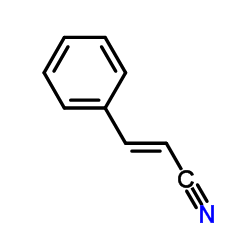 CAS#:1885-38-7
CAS#:1885-38-7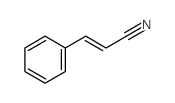 CAS#:4360-47-8
CAS#:4360-47-8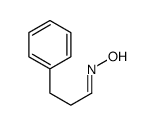 CAS#:1197-50-8
CAS#:1197-50-8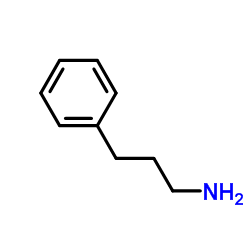 CAS#:2038-57-5
CAS#:2038-57-5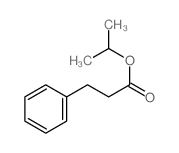 CAS#:22767-95-9
CAS#:22767-95-9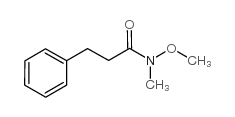 CAS#:170646-96-5
CAS#:170646-96-5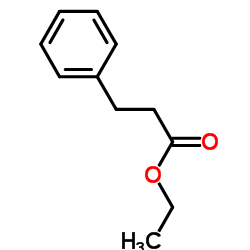 CAS#:2021-28-5
CAS#:2021-28-5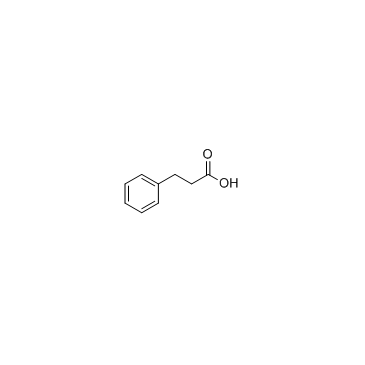 CAS#:501-52-0
CAS#:501-52-0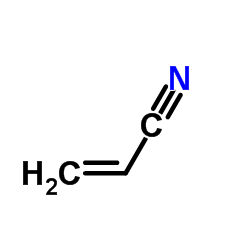 CAS#:107-13-1
CAS#:107-13-1 CAS#:98-80-6
CAS#:98-80-6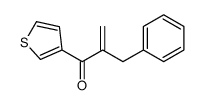 CAS#:108664-49-9
CAS#:108664-49-9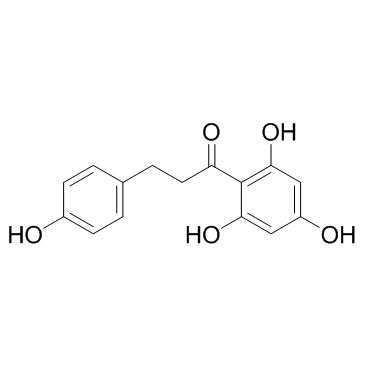 CAS#:60-82-2
CAS#:60-82-2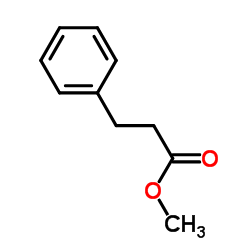 CAS#:103-25-3
CAS#:103-25-3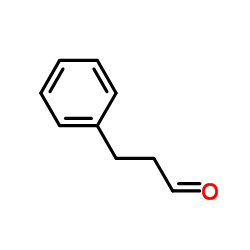 CAS#:104-53-0
CAS#:104-53-0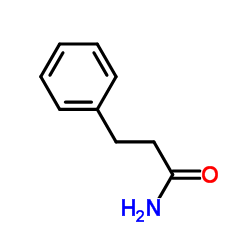 CAS#:102-93-2
CAS#:102-93-2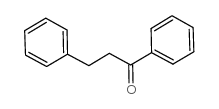 CAS#:1083-30-3
CAS#:1083-30-3 CAS#:29898-25-7
CAS#:29898-25-7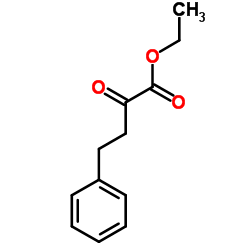 CAS#:64920-29-2
CAS#:64920-29-2